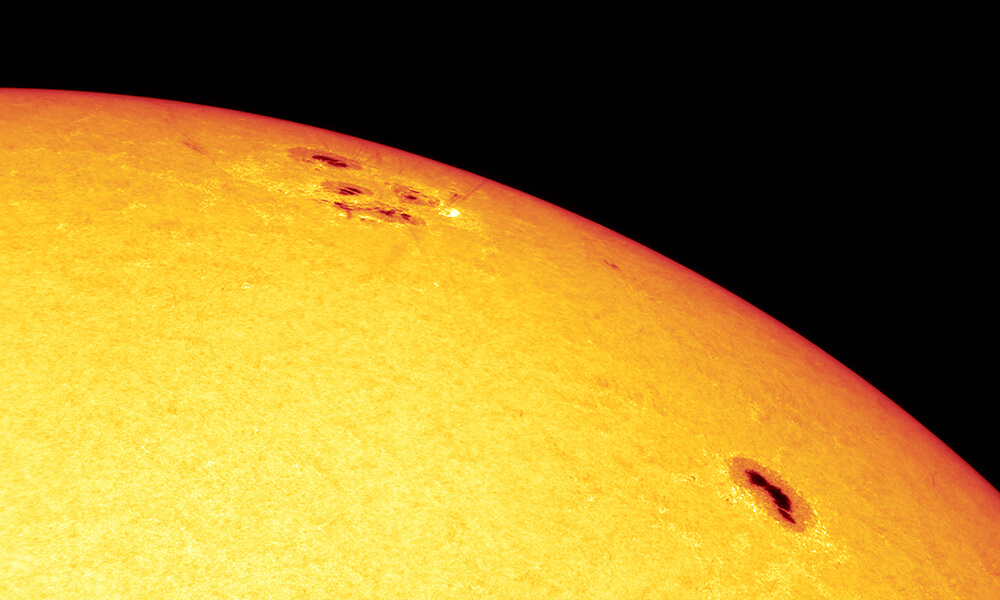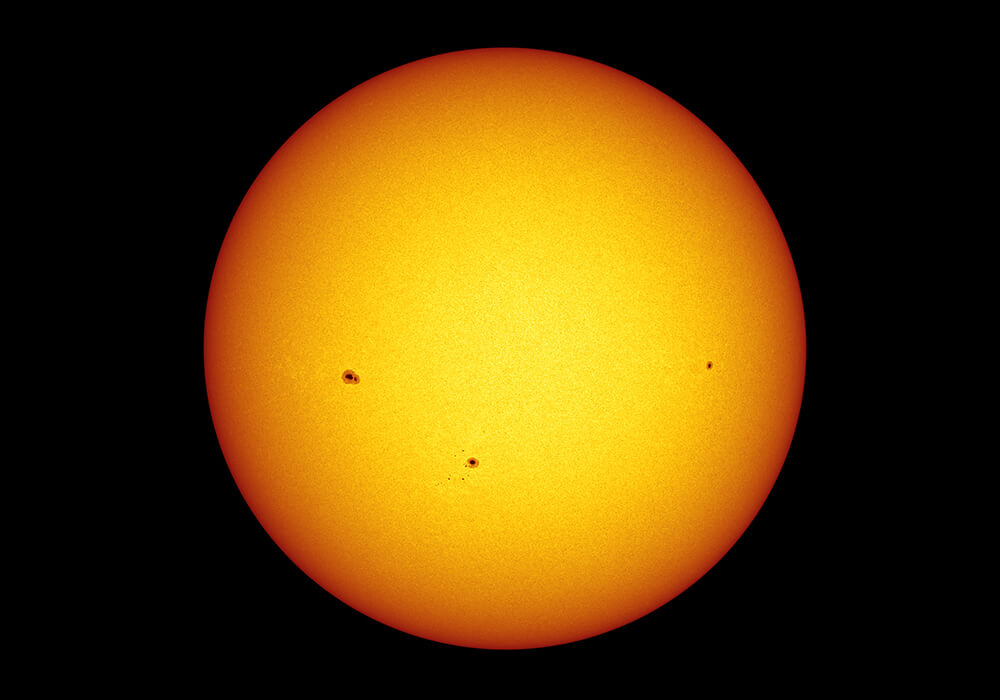Last week we walked you through the macro cycle of the sun and what to expect in the next billion years (or rather, what our future generations should expect). Now we’re discussing the short cycles of the sun that occurs every eleven years, and why the cycle has been a tad off lately.

Discovery of the sunspot cycle
In 1611, scientists discovered the first spot on the sun using new telescopic technology. In the western world, many people considered the sun to be a perfect glowing orb that would never change and provide unrelenting light and power. When this spot was discovered, people felt scared to learn that the sun actually changes quite frequently.
Upon further examination, the sunspots increased and decreased in a consistent manner, typically over the course of an 11-year cycle. Due to the change in sunspots, this cycle became commonly known as the sunspot cycle. While the cycle may be as short as eight years or as long as fourteen, the general concept remains the same. Beginning with few spots, the sun gradually grows more until the number starts decreasing and the cycle begins all over again.
What are sunspots?
Sunspots are areas on the sun where the solar magnetic field is very strong. That magnetic energy cools the specific spot, making the area a few thousand degrees cooler than its surroundings. While still easily visible, sunspots are a small fraction of the size of the sun, and usually range from about 2500 km and 50,000 km. There are many scientific facts about this cool spots, such as average location, temperature, and longevity. While these spots can change and act unpredictably, they still typically behave as studied.

What is happening to our sun?
A simple google search will display countless articles with similar titles all basically saying the same thing: the sun is acting weird and nobody knows why. Currently, we’re approaching a solar minimum. The solar minimum will hit its peak around 2019 or 2020, and astronomers finally have the tools to accurately study exactly what occurs when the sun reaches this part of the sunspot cycle.
The previous maximum was abnormally quiet, and the last minimum was extremely extended. While we mentioned before that cycles can vary beyond the eleven years, typically the maximum and minimum balance each other and experience equal longevities and extremities. This unusual information might be hinting to a shift in other stars or a change in the sun’s cyclical behavior. We’ll only know for sure what’s happening with the sun cycle once we truly hit the minimum in a couple years time.
For now, let’s sit back, enjoy the renewable power we receive from the sun, and wait for our astronomers to give us more information about what’s happening above our heads. In the meantime, for more information on how you can personally benefit from the energy of the sun, contact us to chat more about how solar energy fits well in your home or business. We’re here to help you explore all of your solar options.





